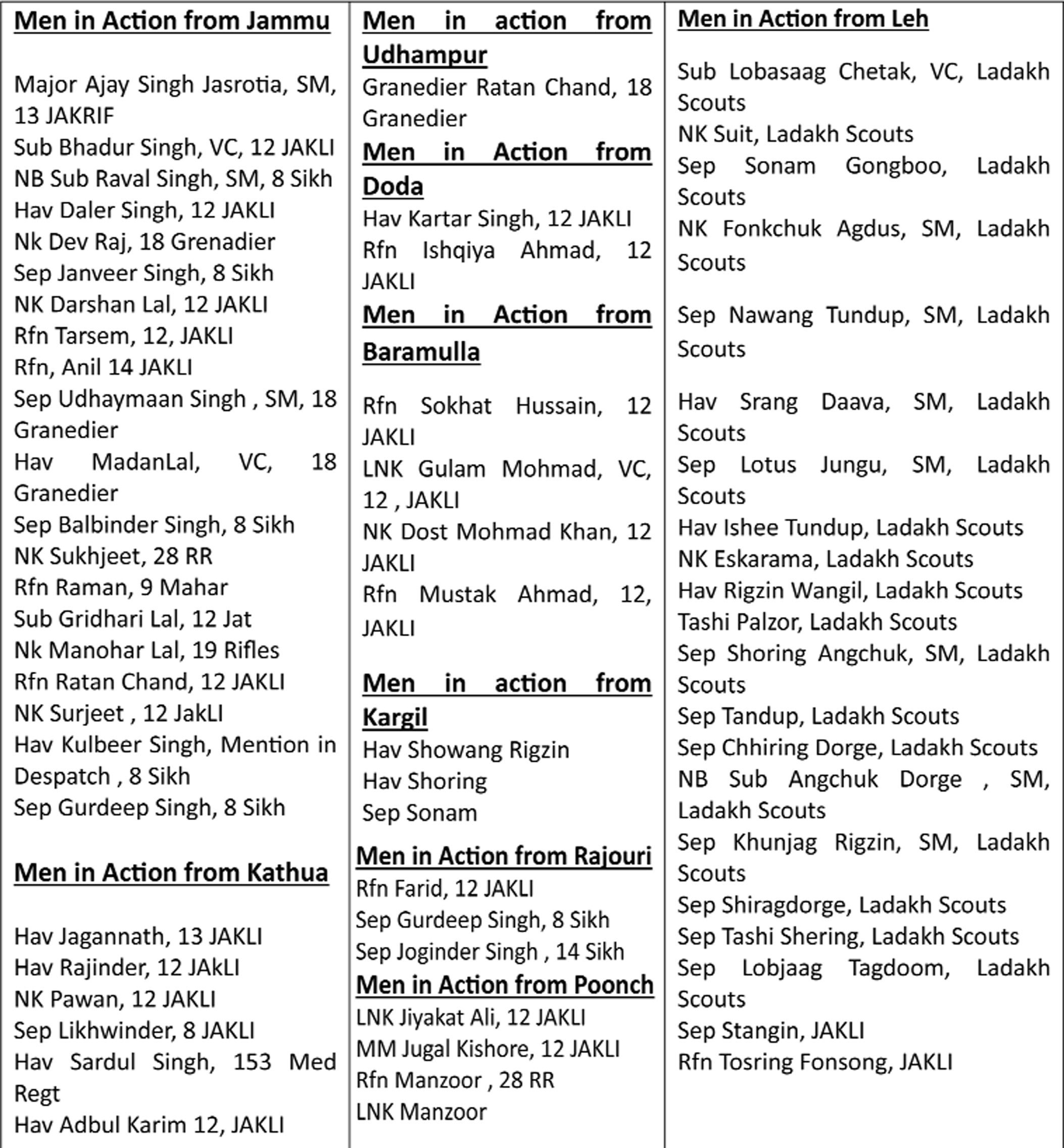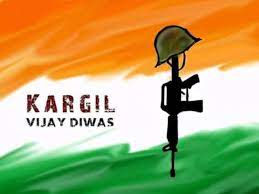Dr. Bharti Gupta
The peaceful treaty of Shimla Agreement, signed between India and Pakistan on 2nd July 1972 followed by the Indo-Pakistan war of 1971, resolved to settle the differences between the two countries by peaceful means through bilateral negotiations or by any other peaceful means mutually agreed upon between them. However, Pakistan breached the genesis of the agreement many times and did this conspicuously during the confrontation of Siachin Glacier in 1987 and in the Kargil Armed Conflict popularly known as the Kargil war. It started with the intrusion of the Pakistan army’s Northern Light Infantry (NLI) on the Indian side of the Line of Control in the Kargil district of the J&K under “Operation Badr”. The NLI troops transgressed the LoC in large numbers in Mushkoh valley, Drass, Kaksar and Batalik sub-sectors and pitched themselves on the top of high mountain ridgelines.
In response to the Kargil aggression, the Indian Armed Forces launched Operation Vijay by the Indian army, Operation Safed Sagar by Indian Air Force, and Operation Talwar by Indian Navy. The Kargil War,1999 is popularly, known as Operation Vijay due to the indomitable courage and selfless devotion to duty of the Indian infantryman and the overwhelming firepower of the artillery.

The extent of intrusion of Pakistan’s NLI varied from four to five km to a maximum of seven to eight Km. The Pakistani soldiers were dressed in Pathan’s salwar Kameez so that they could pass off as indigenous Kashmiris. They were estimated to be numbered from 1000 to 2000. On average, each major ridgeline was held by 30 to 40 of them laced with weapons such as heavy, medium, and light machine guns, rocket launchers, automatic grenade launchers, mortars, anti-aircraft guns, shoulder-fired stinger, and Unza surface-to-air missiles. Besides, a large number of mines were laid along the expected approach of the ridgelines.
The Pakistani intruders were in advantageous positions in terms of the height of the ridge. Our brave soldiers bore all the challenges put forth to them through rugged mountain terrain at heights above eighteen thousand and a hostile climate of sub-zero temperature. It was the indomitable resolve and physical courage of our men in action who braved during night time in utter darkness, climbing 70 to 80-degree steep slopes so as not to be noticed by the enemies. Among the various successful recaptures of the ridges, the most important include the battle of Tololing, the battle of Tiger Hills, and the battle in the Batalik sub-sector.
On May 29, 1999, the first major ridgeline to fall was Tololing in the Dras sub-sector. The Tololing ridge line was the closest to NH 1A and its early clearance was an operational priority. Point 4590 on this ridge was captured on June 13. Point 5140, the highest feature on the Tololing ridge was captured on June 20 by strategizing a multi-directional attack launched by assaulting columns from three different infantry battalions.
The Tiger Hill jutting into the Mushkoh valley was captured on July 5, 1999, with the capture of point 4700, Knoll, and Three Pimples. In recognition of the significant contribution made by the artillery regiments that participated in this battle, point 4875 was renamed “Gun Hill”. 18 GRENADIERS, the heroes of the Tiger Hill did not suffer a single casualty during the final assault.
In the case of the battle in Batalik sub-sector Point 5203 was captured on June 22, 1999. Khalubar was recaptured on July 6, 1999. The enemy was also evicted from points 4812 and 5000. The terrain was much tougher but our Bravehearts were successful in destroying the enemy’s battalion headquarters and logistics infrastructure.
Facing the unexpected wrath at the hands of our Men in Action, a meeting was requested by the government of Pakistan, between India’s Directory General of Military Operation (DGMO) and Pakistan’s DGMO at the Attari (Wagah) border outpost near Amritsar on July 11, 1999. The DGMO, Pakistan agreed to withdraw on July 16, 1999, but failed to keep the word and sought an extension. Finally, the pockets of resistance were cleared forcefully and it all got evacuated by July 25, 1999.
In Operation Vijay India lost her 527 bravehearts and had more than 1300 wounded soldiers. In the Kargil war, four Param Vir Chakras were given to Captain Vikram Batra from 13 JAK Rifles (Posthumous), Lieutenant Manoj Kumar Pandey, 1/11 Gorkha Rifles (posthumous), Rifleman Sanjay Kumar,13 JAK Rifles and Yogendra Singh Yadav, 18 GRENADIERS.
Today is the day to remember the valor of our soldiers who sacrificed their lives; wounded themselves and to remember those who got impaired due to their injuries. Let us remember the real heroes hailing from Jammu, Kashmir, and Ladakh.
The source of the above list is Mr. Vikas Manhas, the soldiers’ storyteller, who is a passionate visitor to the families of the real heroes for expressing his tremendous gratitude and extending his compassion to the Bravehearts’ families having lost their super intelligent, courageous, smart, stud and top-notch sons. We all owe these immortal heroes our deepest respect and gratitude. The victory of the Kargil War belongs to the indomitable courage and selfless devotion of the Men in Action of the Indian Armed Forces. On the 24th Vijay Diwas this year let us commemorate the day with our respectful gestures towards the Indian Armed Forces.
(The author is from Department of Tourism and Travel Management, Central University of Jammu)


